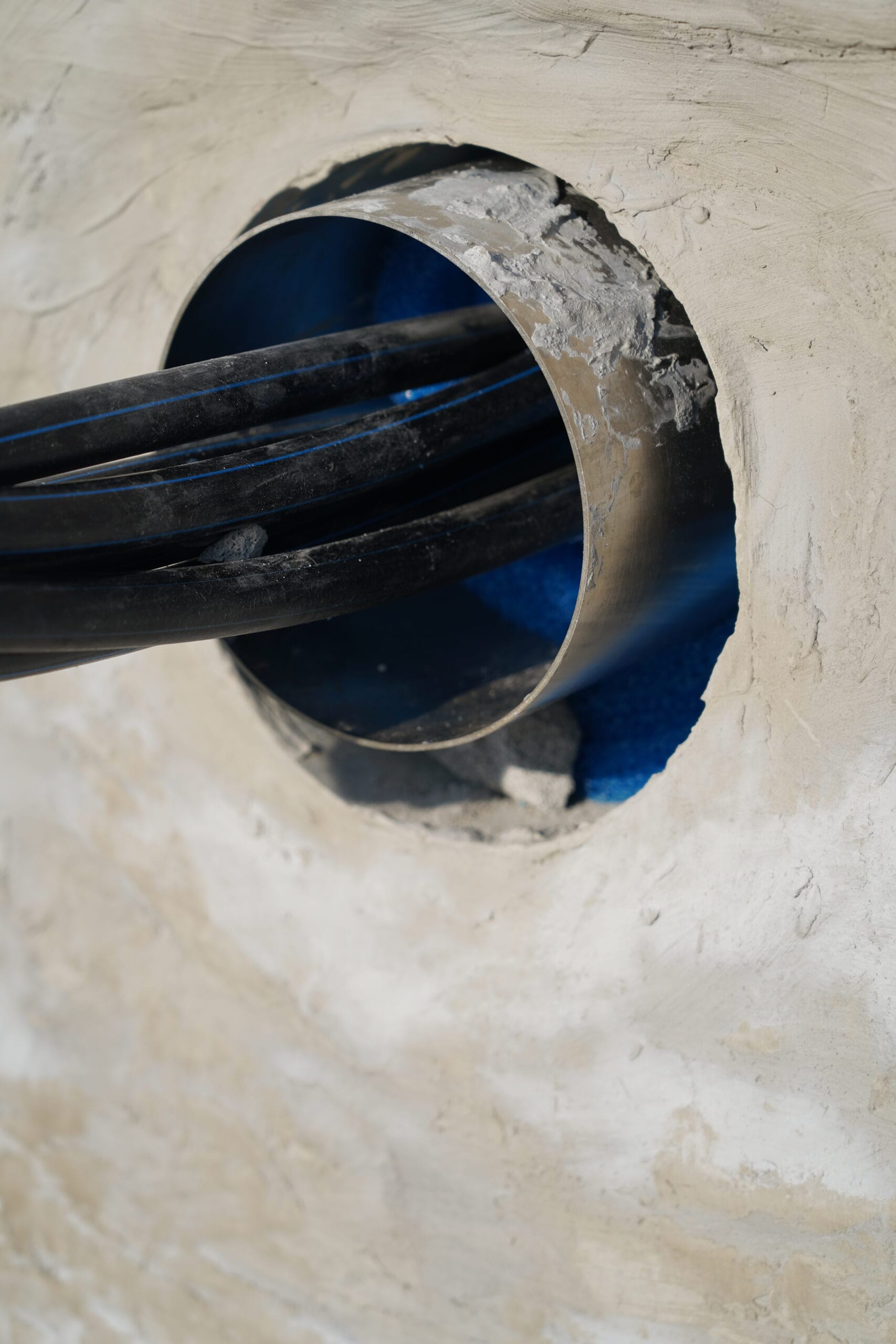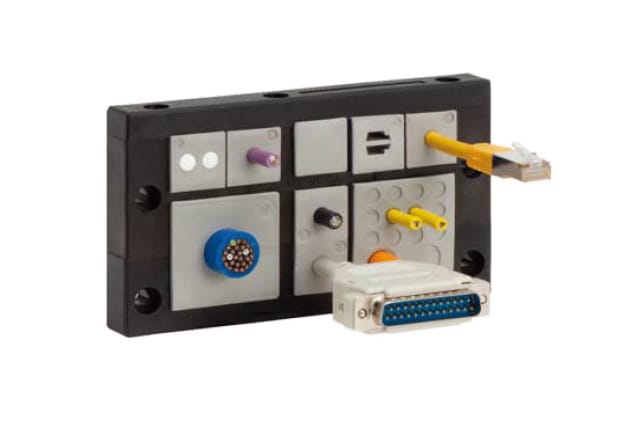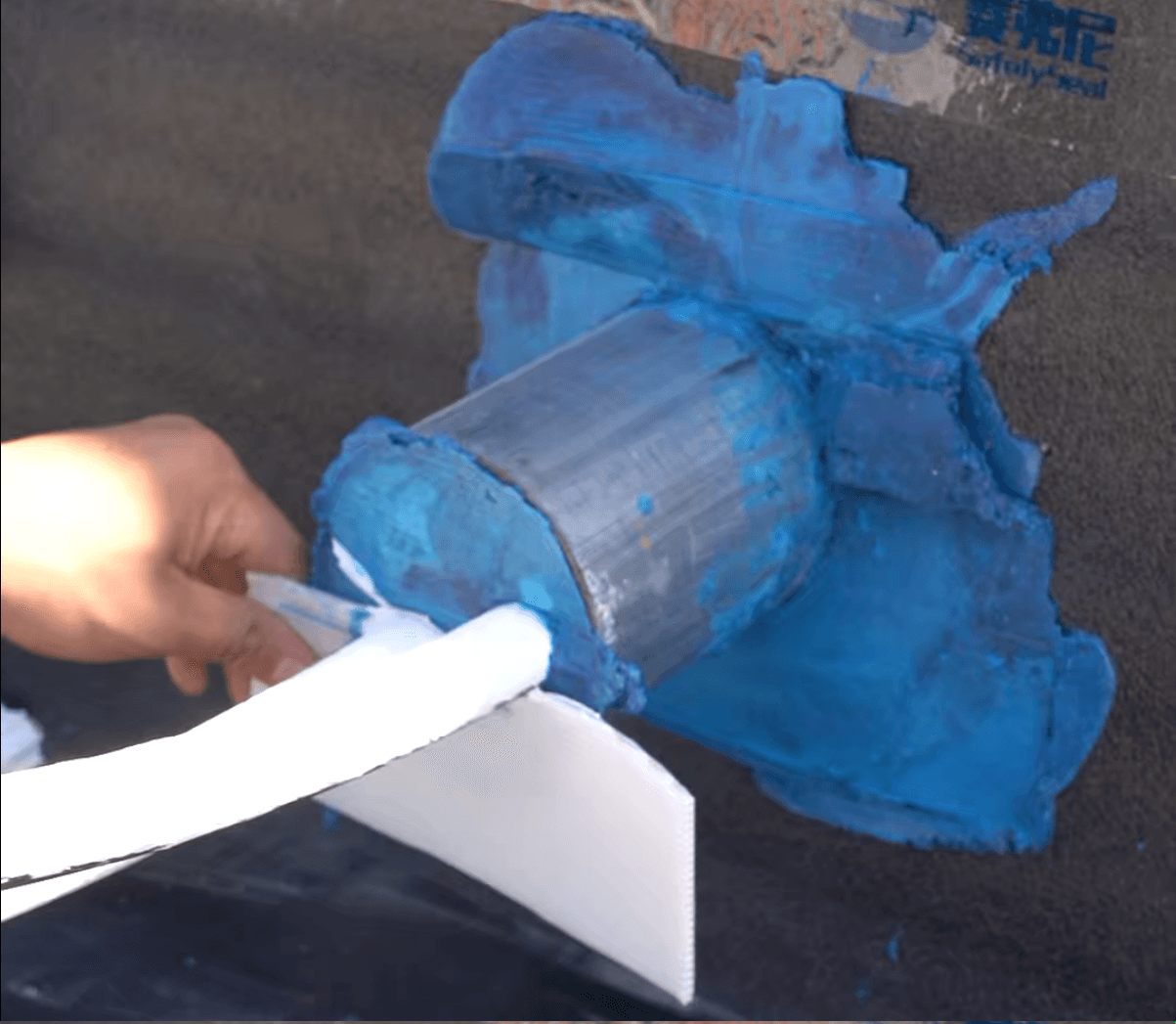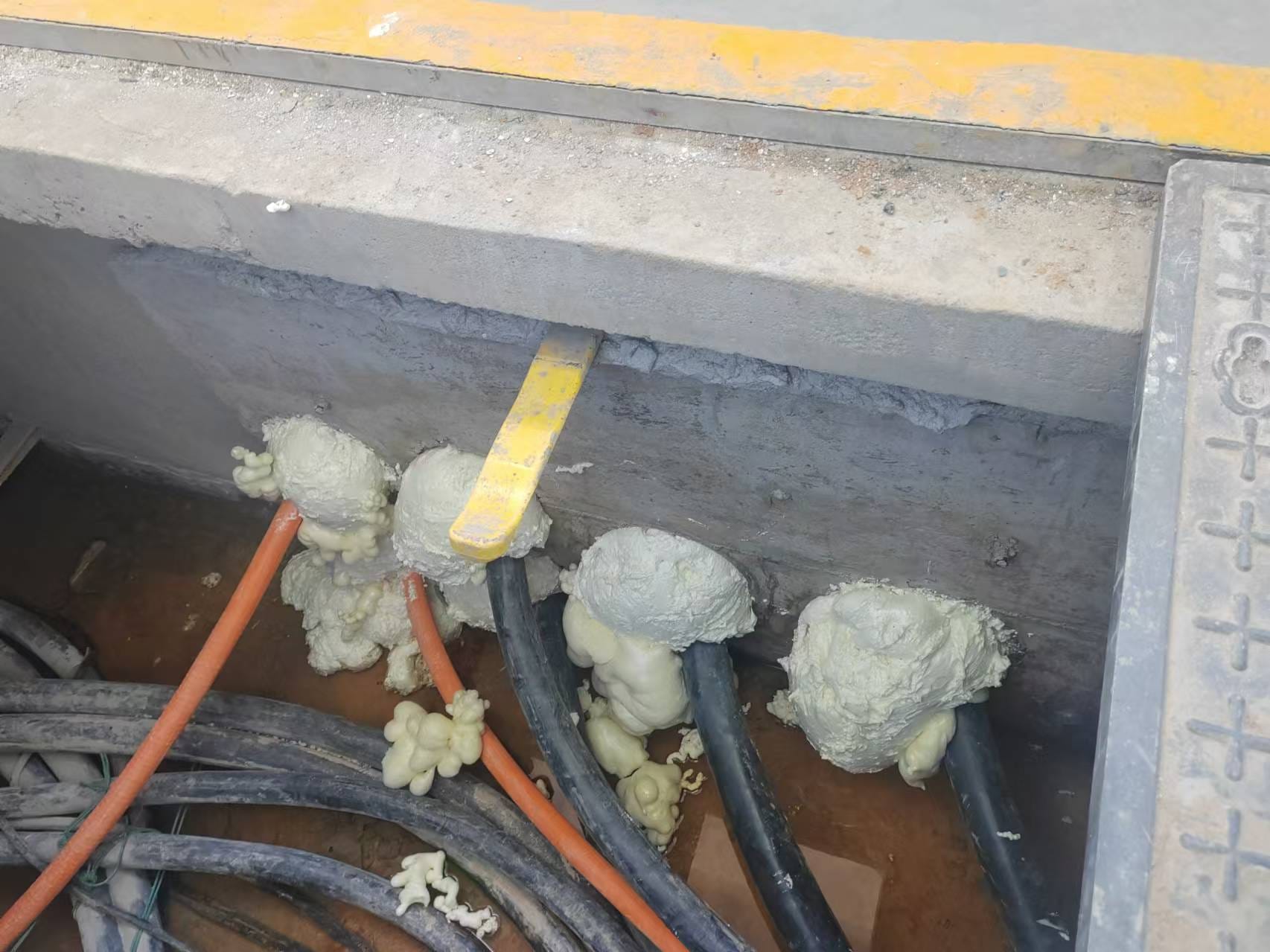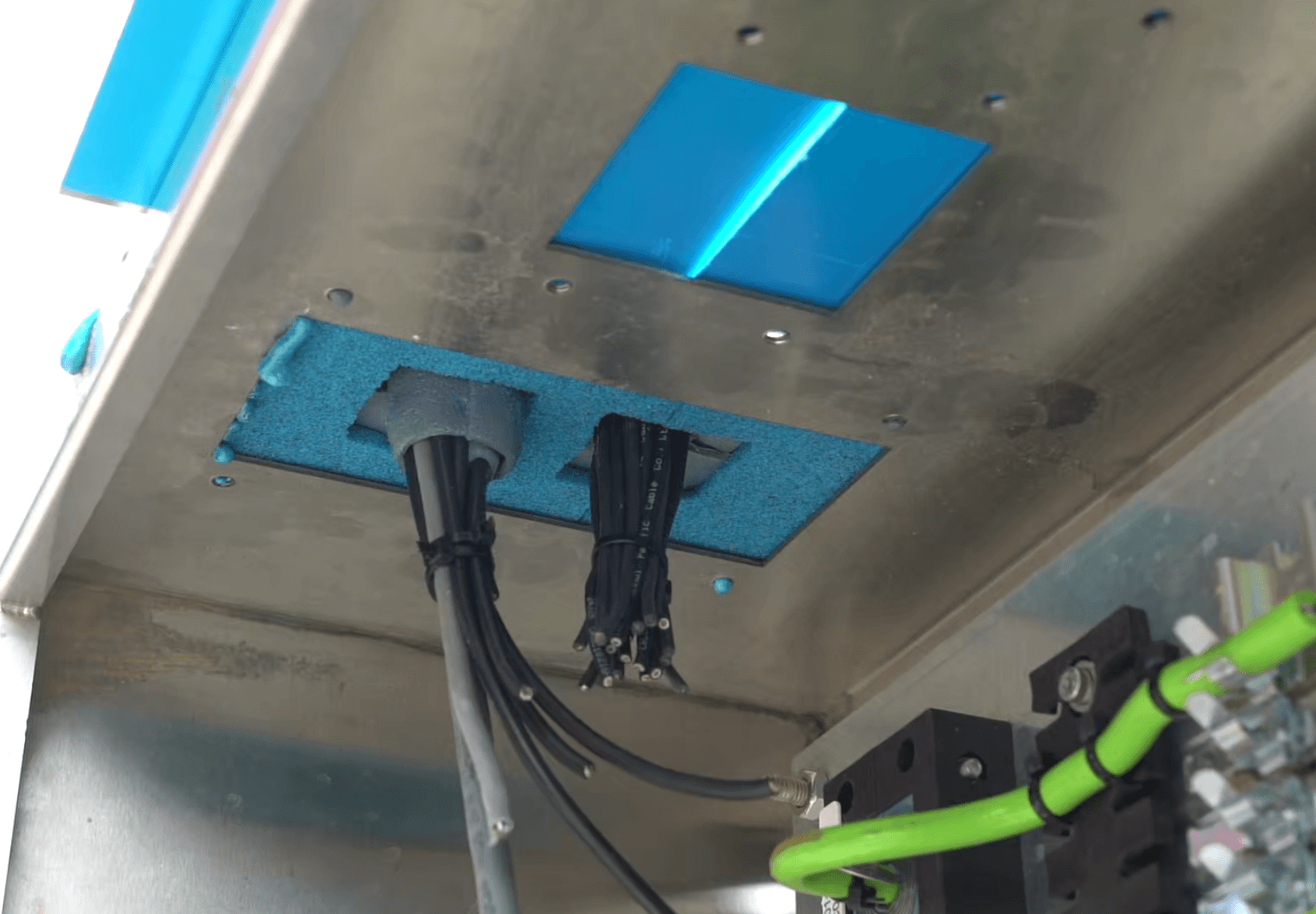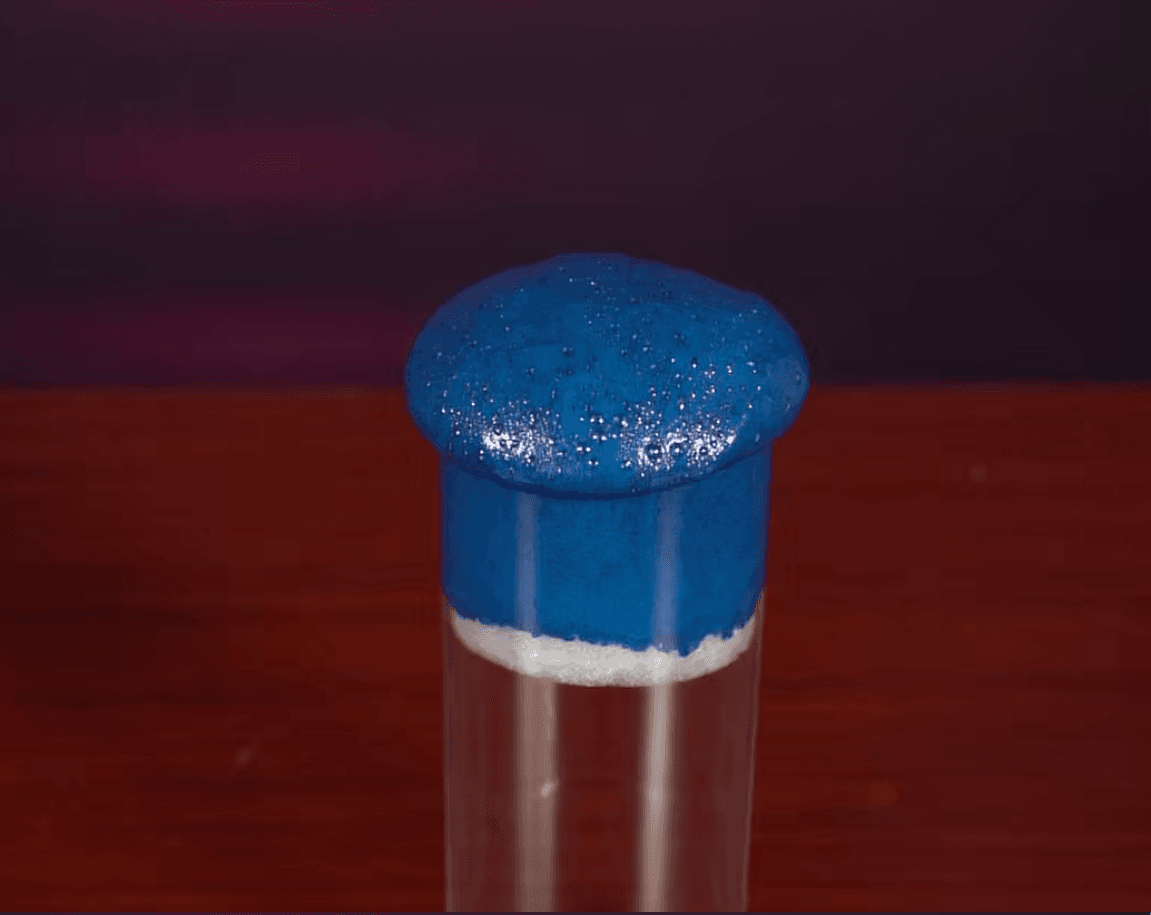Water damage can cause a lot of problems in construction. It can lead to expensive repairs and delays. Imagine spending time and money building something only to have water get in and cause damage to the structure, mold to grow, or important parts to break down. That’s why waterproofing is so important. Whether you’re dealing with something below ground, a roof, or a wall, choosing the right waterproofing method can mean the difference between success and problems that cost you money.
What are the different types of waterproofing methods in construction?
The most common waterproofing methods in construction are cementitious waterproofing, liquid membrane waterproofing, bituminous coating, bituminous membrane, and polyurethane liquid membrane. Each method has its own benefits and uses depending on what you’re working on and where you’re working. These methods are designed to keep water from getting through, so your structure lasts a long time and stays safe.
Why does it matter which waterproofing method you choose?
It’s important to choose the right waterproofing method because not all solutions are created equal. If you choose the wrong one, you could end up with leaks, a structure that isn’t as strong as it should be, or parts that break down before they should. There are a lot of different methods to choose from, and knowing what each one is good at and where it falls short will help you make the best decision for your project.
Different Types of Waterproofing Methods
Here are the most common waterproofing methods used in construction:
1. Cementitious Waterproofing
Cementitious waterproofing is one of the easiest methods to use. It’s used in wet areas like bathrooms, basements, and water treatment plants. You mix cement-based materials with water and put the mixture on surfaces that need to keep water out. It’s strong and cheap, but it can crack if the structure moves because it doesn’t stretch.
Best for: Inside areas that get wet like basements, water tanks, and bathrooms.
Pros: Easy to use, cheap, and strong.
Cons: Can crack if the structure moves.
2. Liquid Membrane Waterproofing
This method uses a liquid membrane, usually made of a polymer, that you spray or roll on. The liquid dries and makes a flexible, seamless coating that fits the shape of the surface. Liquid membranes are flexible and can stand up to the weather, so they’re good for roofs and other things outside.
Best for: Roofs, balconies, and things outside.
Pros: Seamless, flexible, and weather-resistant.
Cons: You need to know what you’re doing to put it on right, and you might need to put more on later.
3. Bituminous Coating Waterproofing
Bituminous waterproofing is also called asphalt coating. You put a thick material on surfaces to keep water out. It’s good for things that are underground. It’s waterproof, but it can break down if it’s in the sun, so you need to put something on top of it to protect it from the sun.
Best for: Foundations, basements, and things that are underground.
Pros: Sticks well and works well underground.
Cons: Doesn’t like the sun, so you need to put something on top of it if it’s outside.
4. Bituminous Membrane Waterproofing
Bituminous membranes come in rolls and are used for roofs and things that are underground. You put sheets of the bituminous material on the surface and heat them up so they stick. Bituminous membranes are waterproof, strong, and flexible. They’re used a lot in big buildings and places where people work.
Best for: Flat roofs, foundations, and bridges.
Pros: Strong, flexible, and keeps water out.
Cons: You need to do it right, and it can be expensive if you have a big area.
5. Polyurethane Liquid Membrane Waterproofing
Polyurethane is a liquid that you put on surfaces. It’s flexible and strong. It’s used mostly on things that are outside. It’s good for things that move or get bigger and smaller. But it doesn’t like water, so you have to be careful when you put it on if it’s humid.
Best for: Roofs, balconies, and terraces.
Pros: Flexible, seamless, and stands up to the weather.
Cons: You have to be careful when you put it on if it’s humid, and you need to know what you’re doing.
In conclusion, knowing about the different waterproofing methods in construction will help you pick the right one for your project. If you’re working inside and things get wet, cementitious waterproofing is the way to go. If you’re working outside, liquid membranes and bituminous materials are what you need. If you want something that’s flexible and tough, polyurethane is your best bet. Just make sure you put it on right. If you pick the right method, your structure will stay dry and last a long time, which means you won’t have to spend as much money on repairs.
